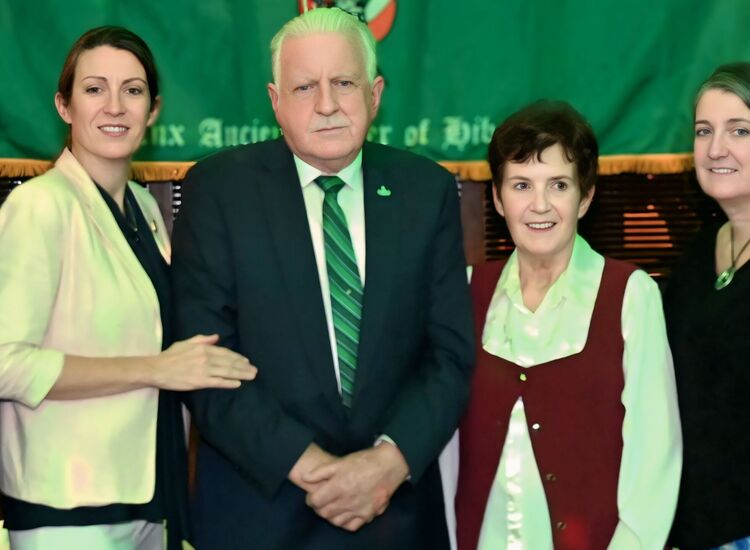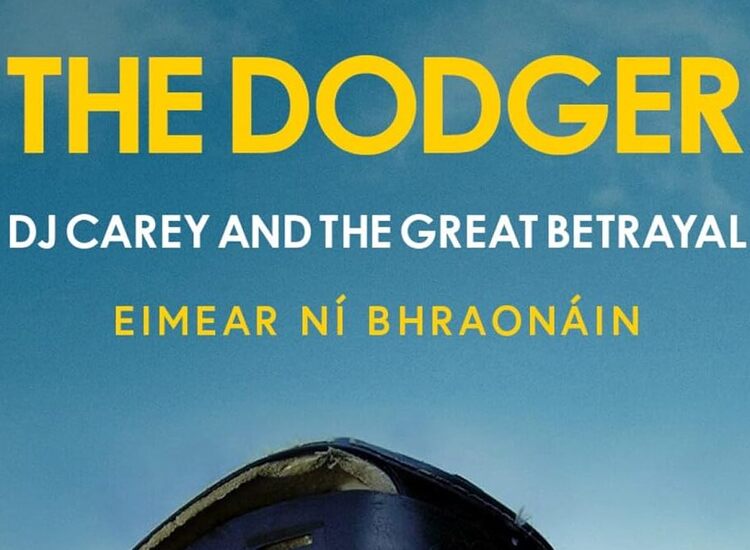By Ray O’Hanlon
rohanlon@irishecho.com
More than a century after his passing, the resting place of Fenian Martin Hogan will at last be marked by a headstone.
A fundraising effort in Chicago has enabled the placing of the headstone and this weekend there will be an unveiling ceremony at Mount Olivet Cemetery on the city’s South Side.
Hogan was one of the Fremantle six who escaped from an Australian penal colony aboard the Catalapa, this as part of the fabled rescue organized by John Devoy.
Chicago activist Niall Fennessy found Hogan’s unmarked grave here and also learned Hogan’s descendants had no idea of his exploits as a Fenian in the 19th Century.
The unveiling is set for this Saturday, October 10, 10 a.m. at the cemetery, 2755 W 111th St. Chicago.
Ruan O’Donnell of the University of Limerick will be attending as will George McLaughlin from Rhode Island, who has long been active in the ongoing effort to remember the Catalpa escapees, Fr. David Dillon, O.Carm, and relatives of Martin Hogan and the Catalpa’s captain, George Smith Anthony.
There will be a lecture and social to follow at the Irish American Heritage Center 4626 N. Knox Avenue.
“We are expecting a good turnout,” Niall Fennessy told the Echo by phone Tuesday.
The Catalpa was an American whaling ship hired by John Devoy using secret donations made by Irish organizations across the United States.
Amazingly, according to George McLaughlin in a written account, informers did not foil the daring rescue plan and the ship reached Australia without mishap.
“On April 17, 1876 the rescuers rowed to shore to collect the six waiting Irish convicts who had left their posts while working outside the secured area. Their Irish-American rescuers were waiting with wagons and weapons. But like all good rescue dramas, complications clouded their flight. When the freed prisoners began to row back to the Catalpa a sudden unexpected storm meant they could not reach the ship for another day, by which time the alarm had been raised and British police ships were launched,” wrote McLaughlin.
“The British commandeered a gunboat, the Georgette, which they pulled alongside the Catalpa, demanding that the prisoners be handed over. Captain Anthony, the ship’s celebrated American captain, defiantly refused to comply and raised the American flag, warning his pursuers that the Catalpa was in international waters and could not be boarded. If they fired on the Catalpa, they would be firing on the United States. This parry enraged the Georgette’s British captain, who reluctantly conceded.
“Eventually the Georgette was forced to give up the chase, although all on board were convinced they had seen the missing men. As John Devoy predicted, the Catalpa rescue bolstered Irish morale across the globe and spurred the fight for Irish independence, which was finally won in 1922.
“None of the Catalpa Six ever returned to Ireland. All remained in America until their deaths, including the two old comrades, James McNally Wilson who lived out his life in Central Falls and Pawtucket, Rhode Island, where he is buried, and Martin Hogan, who spent the remainder of his life in Chicago.”
More information on Saturday’s dedication is available from Deirdre Fennessy (312)560-9311 (Chicago), Niall Fennessy (773)799-4137 (Chicago) or George McLaughlin (401)688-2463 (Rhode Island).








